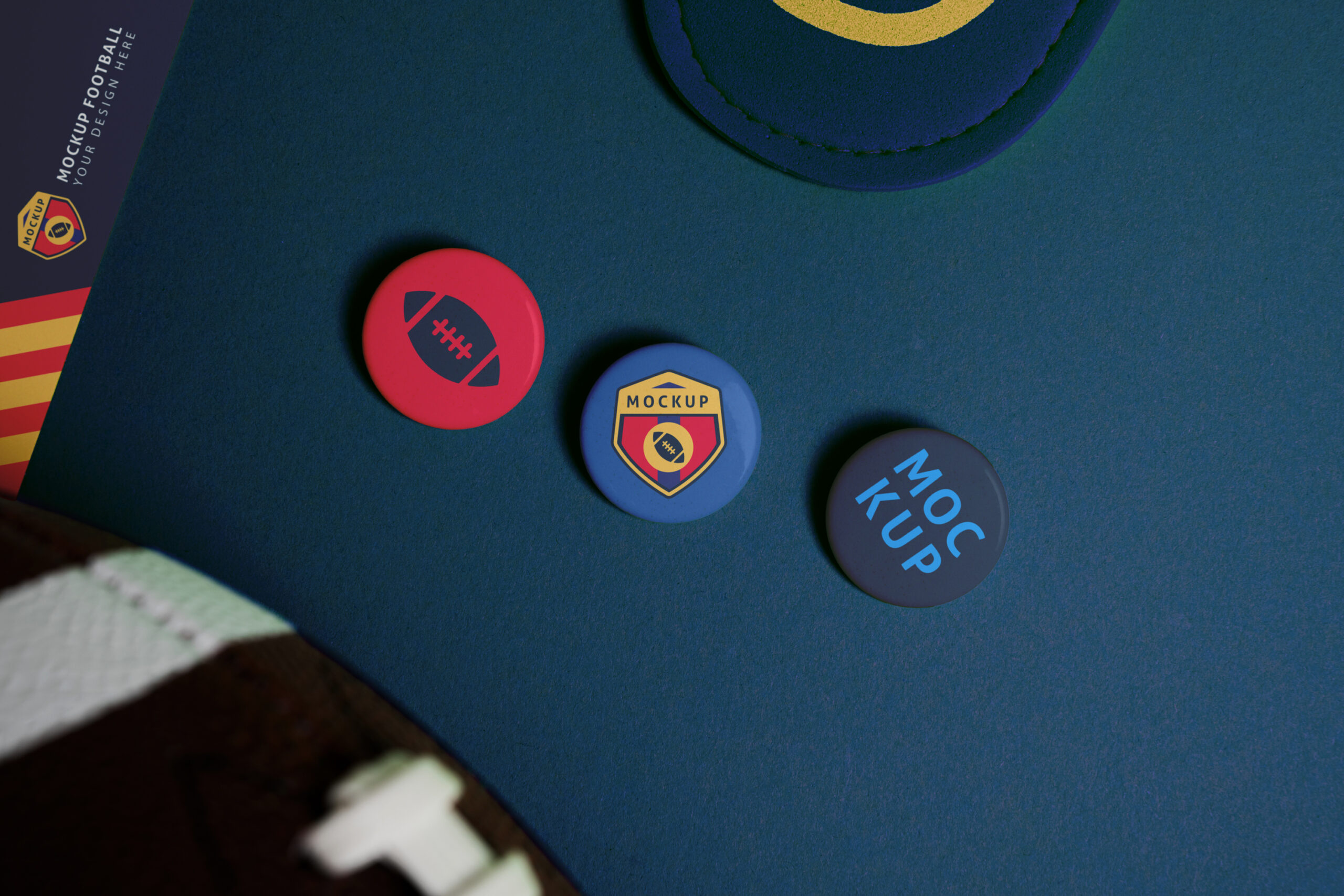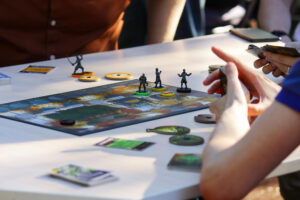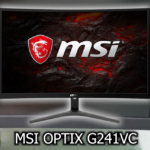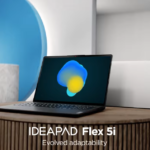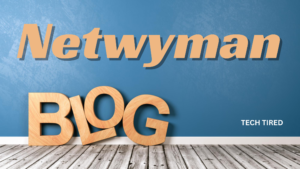From Sketch to Reality: How Custom Pin Badges Are Made
- 1 Step 1: Concept and Design
- 1.1 Purpose
- 1.2 Size and Shape
- 1.3 Colour and Detail
- 2 Step 2: Materials
- 3 Step 3: Digital or Physical Mock-Up
- 4 Step 4: Moulds and Die-Strikes
- 5 Step 5: Colour and Finishes
- 6 Step 6: Kiln and Fire
- 7 Step 7: Fasteners
- 7.1 Butterfly Clutch
- 7.2 Magnet
- 7.3 Safety Pin
- 8 Step 8: Quality Check and Final Inspection
- 9 Why Custom Pin Badges Hold Value
Custom pin badges have become a popular way to showcase individuality and brand identity and commemorate special moments. These small, detailed items carry a lot of meaning and require a skilled design and production process. For example, Roman Tavast is a company known for its craftsmanship that brings custom pin badges to life through an intricate process that combines traditional techniques with modern technology.
Designing custom pins involves carefully considering materials, colour, and finish, especially when creating pieces for discerning customers. Each element contributes to crafting a design that is visually appealing and durable. Understanding the journey from initial sketch to final product provides insight into the artistry and expertise behind all custom pin badges UK customers receive.
Step 1: Concept and Design
This initial stage is crucial for capturing the badge’s purpose and personality. Whether for a corporate event, an anniversary, or a club, the design is crafted to reflect its intended message. The design process involves several key considerations:
Purpose
Understanding why it is being created helps guide the design. For example, a company logo pin will differ from a commemorative badge.
Size and Shape
Pins come in various shapes, from traditional circular badges to more unique silhouettes. The chosen shape is determined by a piece’s purpose and design requirements.
Colour and Detail
Colour schemes play a vital role in appearance here. Enamel is often used for vivid colours, while metal-only designs focus on texture and shape.
Step 2: Materials
Common materials used in production include metal alloys like brass and zinc, which provide durability and a polished finish. Each material is chosen based on factors like durability, finish, and the level of detail required in the design.
Some of the common options for materials include:
- Enamel fill: Often used to add vibrant colours, enamel is a popular choice for badges with intricate designs.
- Die-struck metal: It is ideal for more straightforward designs with no colour fill, giving it a classic look.
- Resin: Resin provides a protective layer over the design and adds durability and a glossy finish.
Step 3: Digital or Physical Mock-Up
This critical step allows designers and clients to visualise the badge and make necessary adjustments before production begins. Digital mock-ups are often created with graphic design software that allows for quick changes in colours, textures, or shapes. A physical sample may be produced for complex designs to ensure the material, colours, and finishes are correct.
Step 4: Moulds and Die-Strikes
This is where a piece truly starts to take shape. Die-striking is a technique to create a strong impression of the design on a metal surface. A mould is made based on the approved design, and the chosen metal is pressed into this mould, which imprints the badge’s details onto the surface.
Die-striking requires precision, as it ensures the exact replication of the design. For more details, multiple metal layers can be struck to create a three-dimensional effect. This step establishes the foundation for the badge and captures its shape, contours, and any raised or recessed details.
Step 5: Colour and Finishes
Colour is added either by hand or with a machine. Enamel is a popular choice because it provides vibrant hues that stand out. Each colour layer is applied carefully to avoid bleeding or mixing and ensure a precise, polished look.
Various finishes can also be used, such as:
- Polished finish: This gives a glossy, smooth look and is ideal for bright-coloured badges.
- Antique finish: Antique finishes add depth and character to the badge for a vintage feel.
- Matte finish: Matte is a subtle option that adds texture without a shiny surface.
Step 6: Kiln and Fire
If enamel is used, it is placed in a kiln, where high heat solidifies it, making it resistant to scratches and wear. This step is crucial for pieces intended for frequent use or outdoor settings, as it adds resilience.
Firing also helps maintain colour quality and ensures the badge’s appearance stays vibrant over time. Once it cools, it moves to the finishing stages, where rough edges are smoothed and polished for a professional look.
Step 7: Fasteners
A badge isn’t complete without a secure backing that allows it to be worn easily. Different fastening options are available, each suited for specific types of wear or attachment.
Butterfly Clutch
This is the most common fastening method because it provides a secure fit that’s easy to remove. Its compact design makes it a favourite for smaller badges and offers a discreet look without compromising stability.
Magnet
Ideal for avoiding pinholes in clothes, magnetic backings are popular for badges worn on delicate fabrics. This option is especially suitable for uniforms or formal wear, as it prevents any damage to the fabric.
Safety Pin
Commonly used for larger or heavier badges, it ensures they remain securely in place. This sturdy fastening method provides extra support, making it ideal for thicker materials or outerwear.
Step 8: Quality Check and Final Inspection
Quality inspectors examine each piece to verify that the approved design matches the colours, textures, and finishes. This stage also involves checking for any defects or imperfections in their construction.
During the inspection, each badge is carefully polished and cleaned, which removes any residual dust or fingerprints. This ensures that everything arrives pristine, ready to be worn or displayed.
Why Custom Pin Badges Hold Value
Custom pin badges are sentimental or brand-value items that can capture the essence of an event, an identity, or a cause. From the meticulous design process to the expert craftsmanship involved, each tells a story created with precision and care.
Used for corporate branding, to commemorate special events, or simply as a fashion statement, custom pins are a way to connect, express, and celebrate. Their creation involves steps that ensure durability, style, and meaning in every piece. The journey from sketch to reality is one of dedication, skill, and artistry. It transforms a simple design into a treasured item that can be worn proudly.

